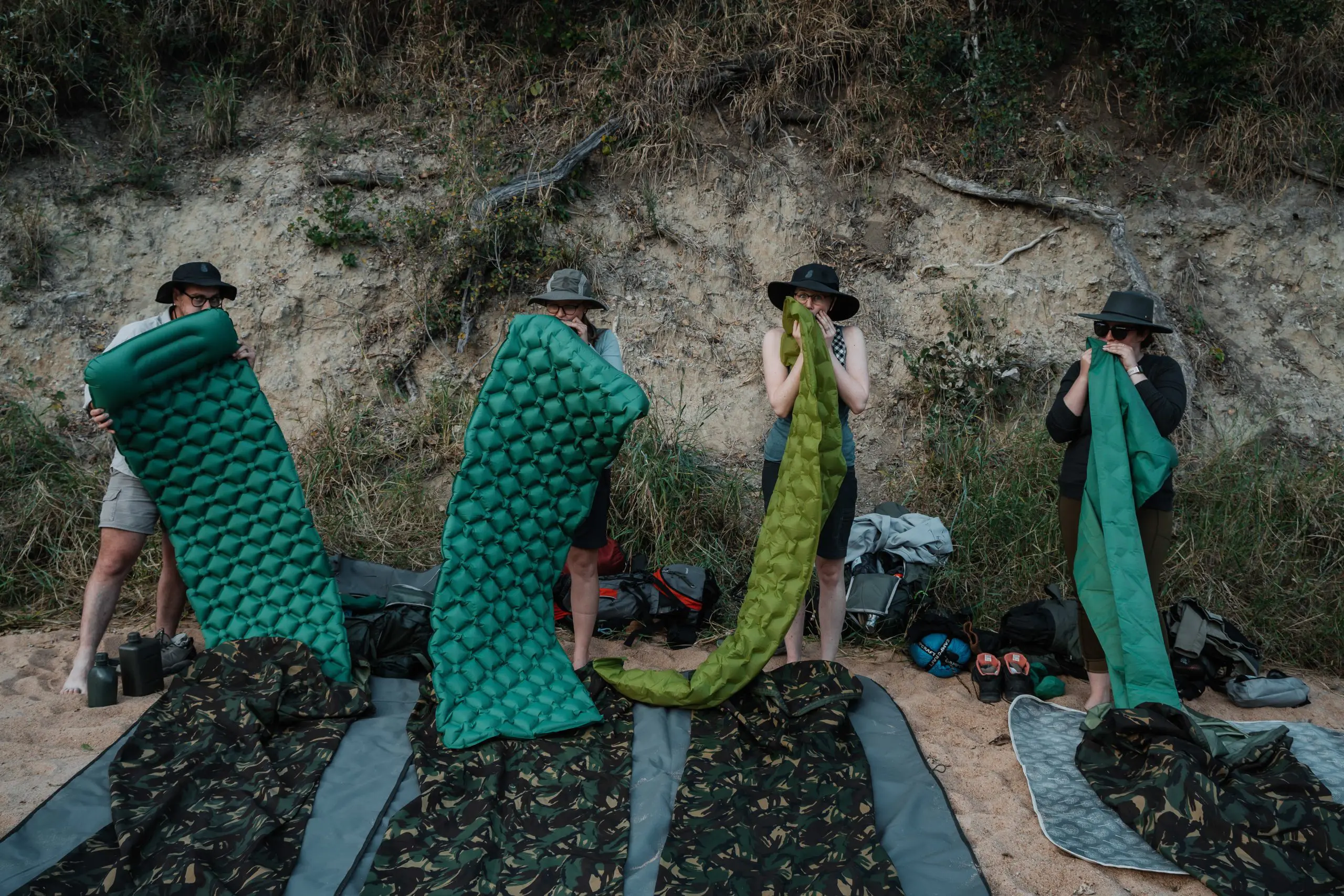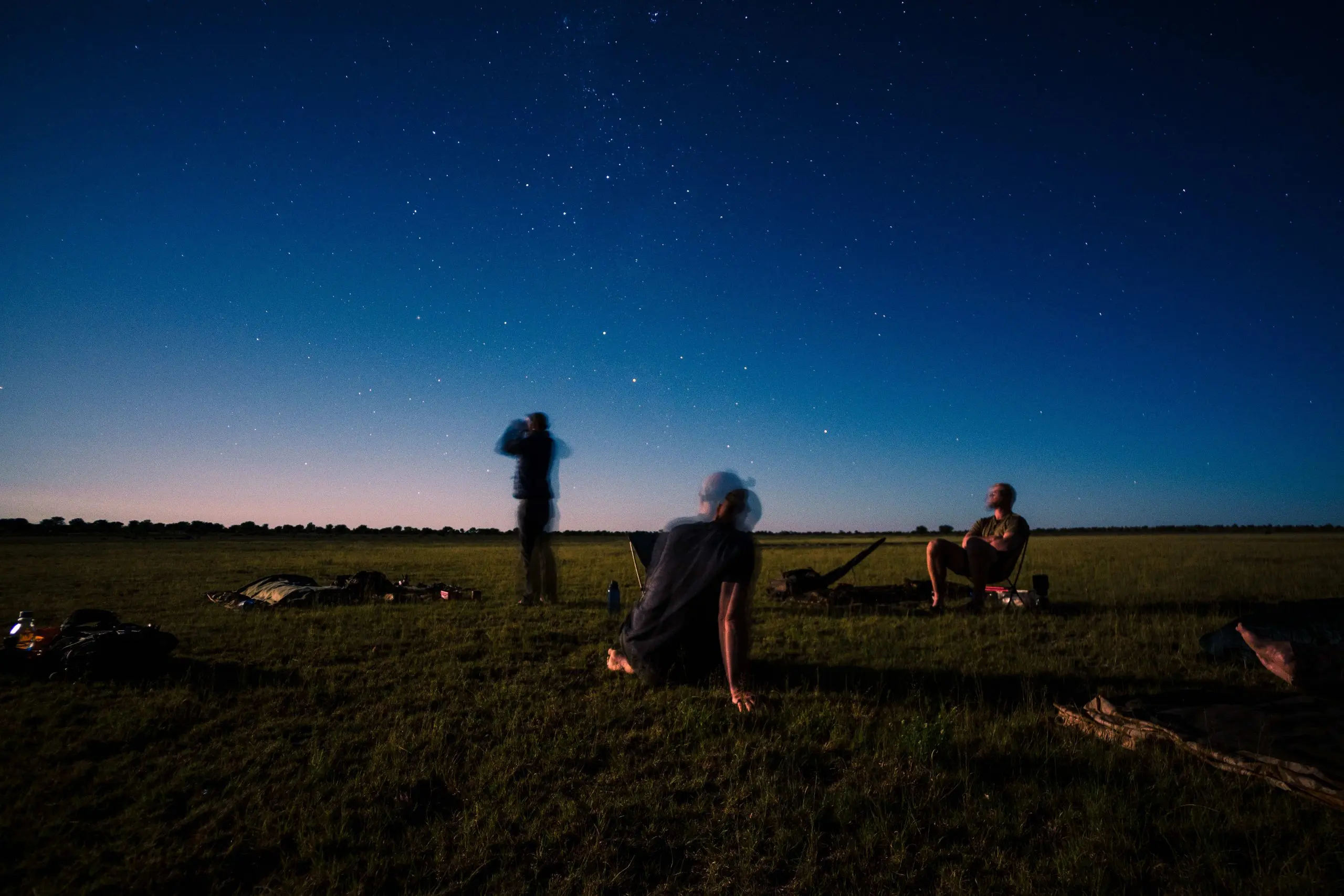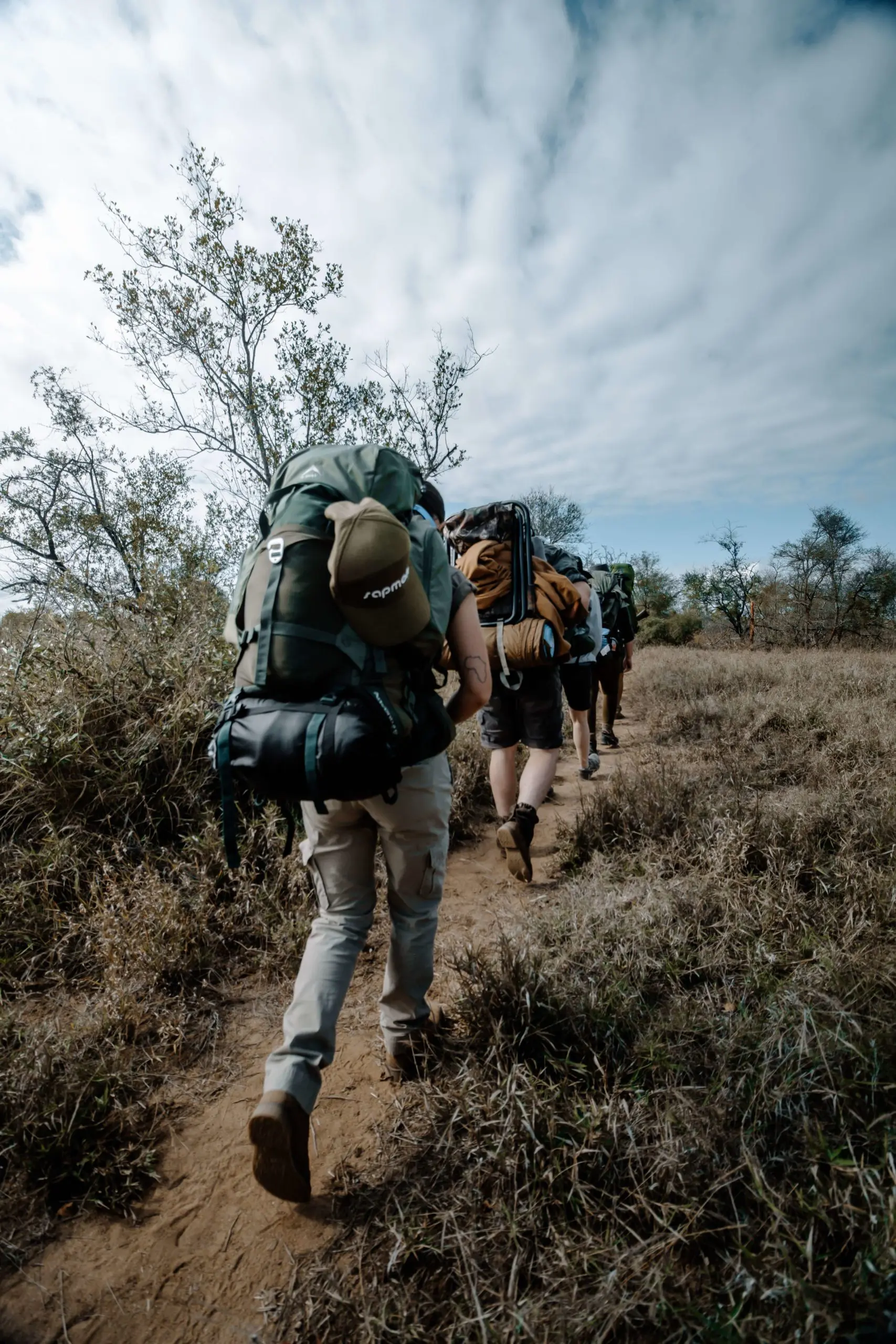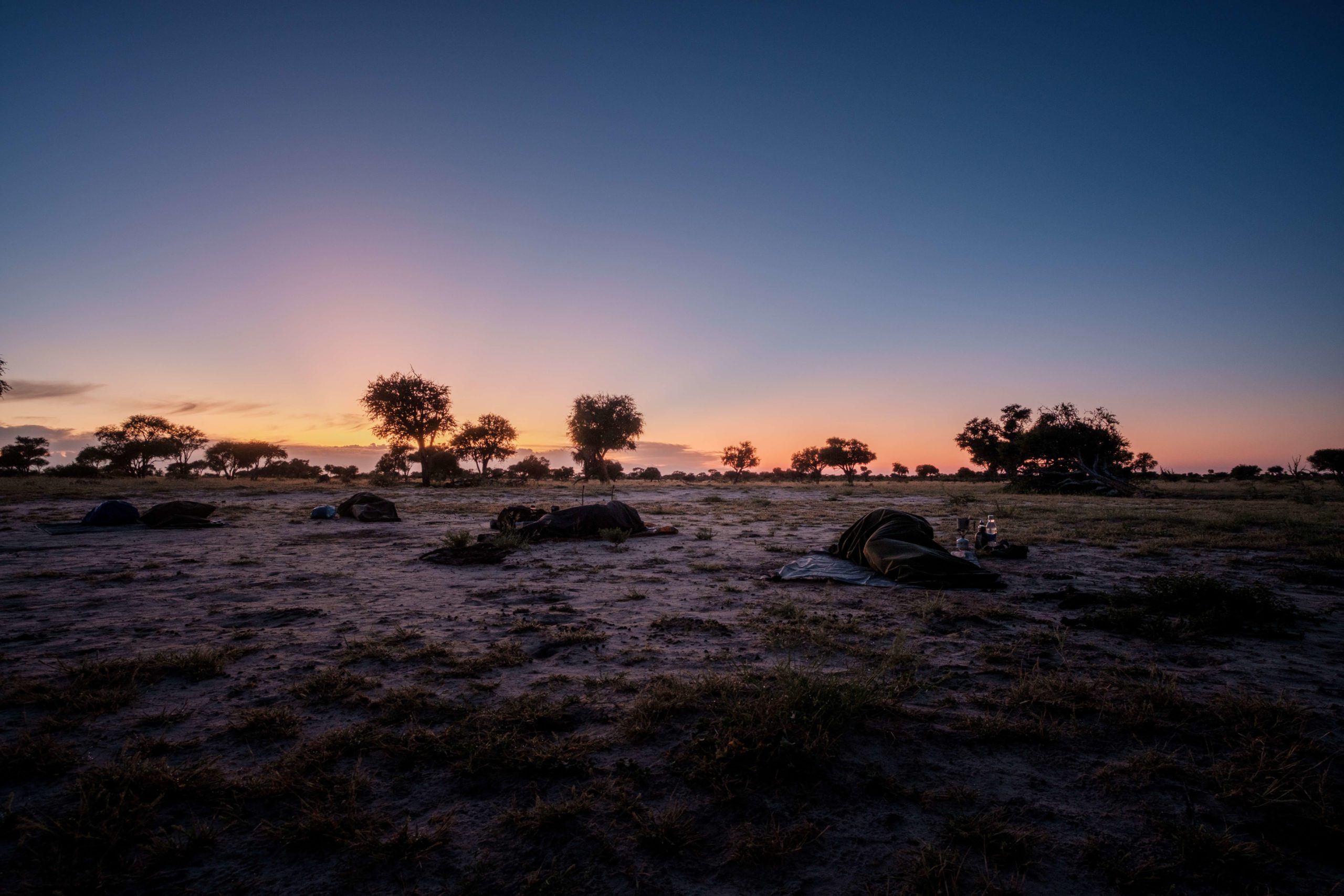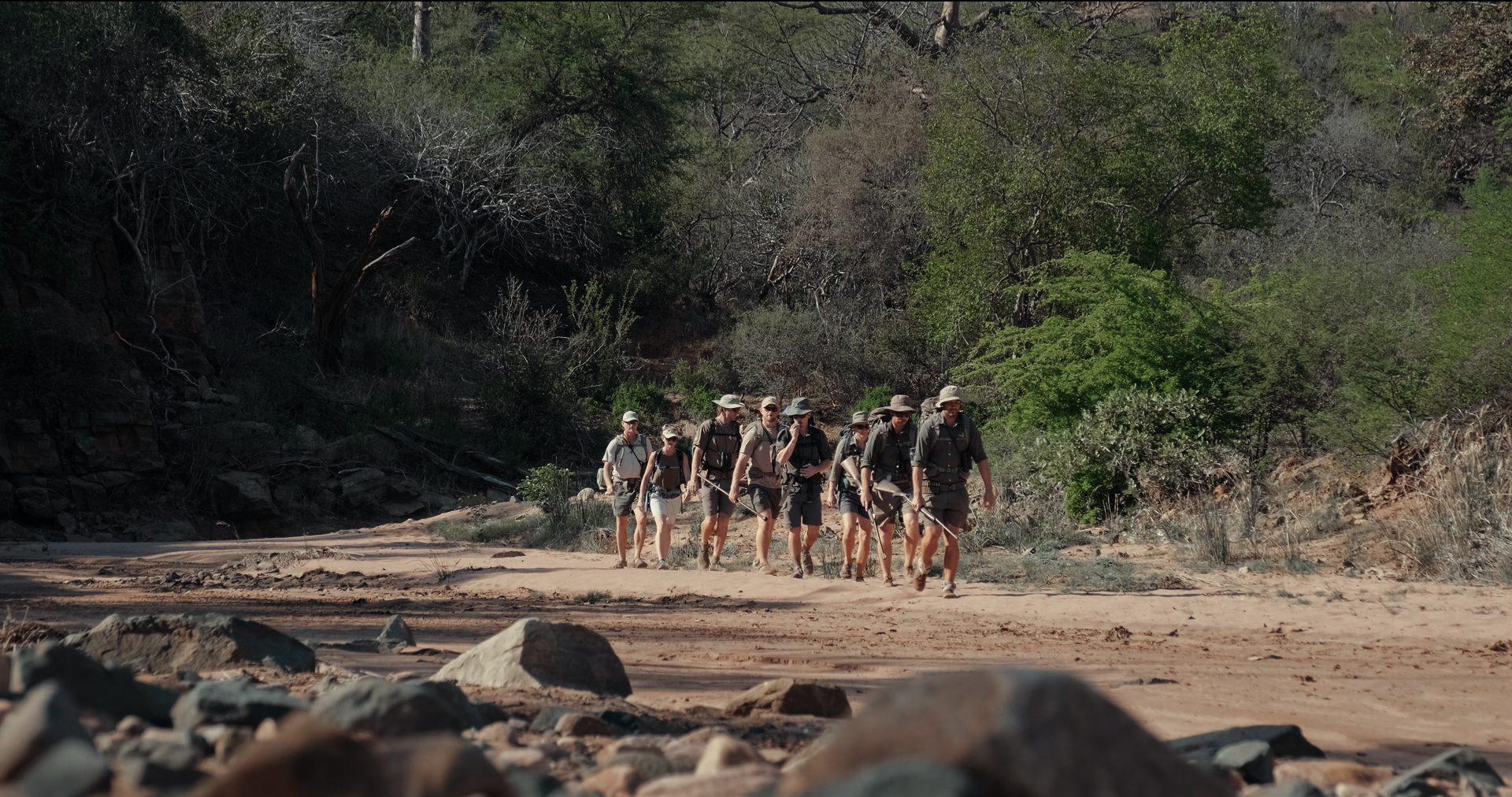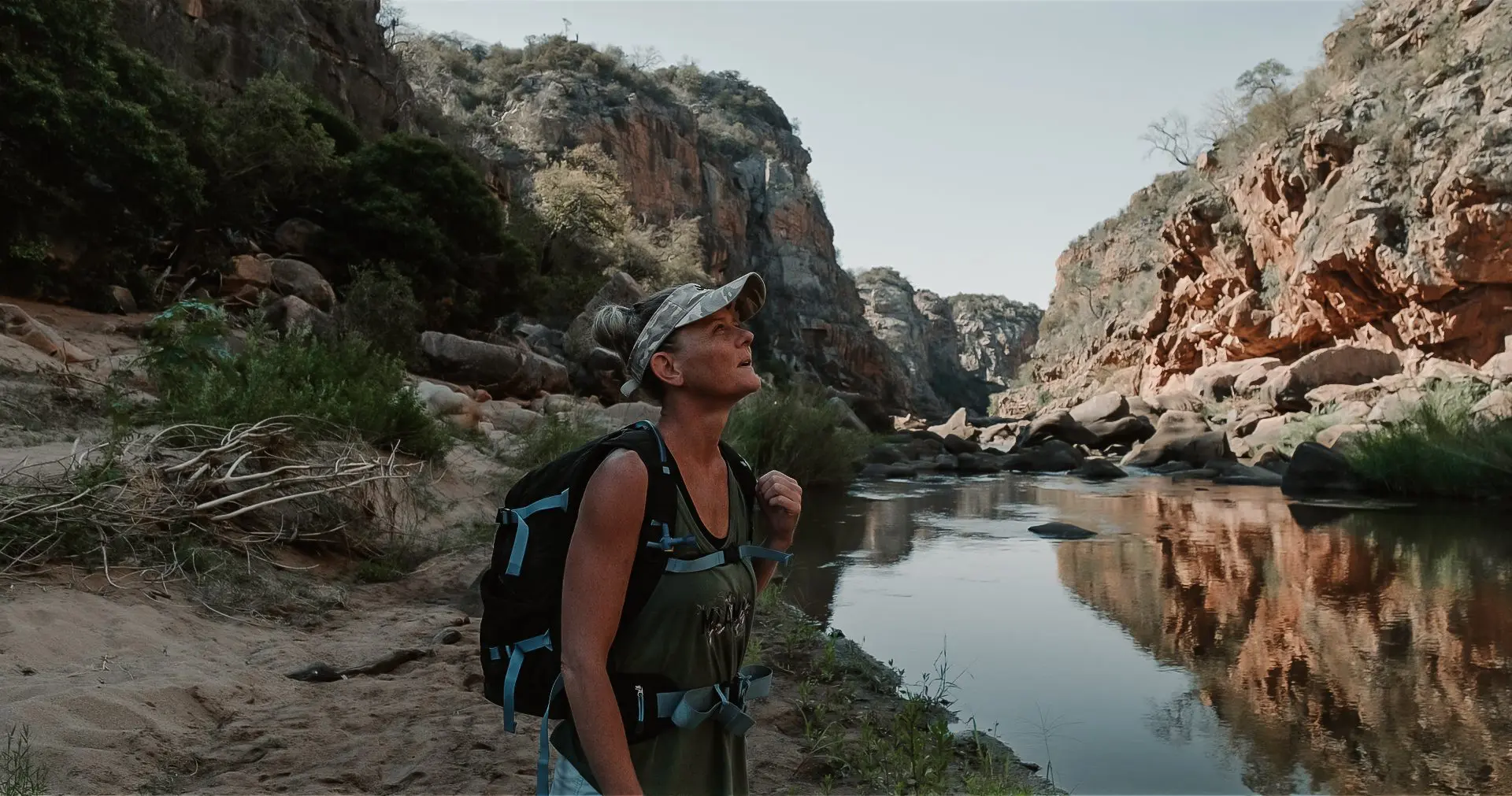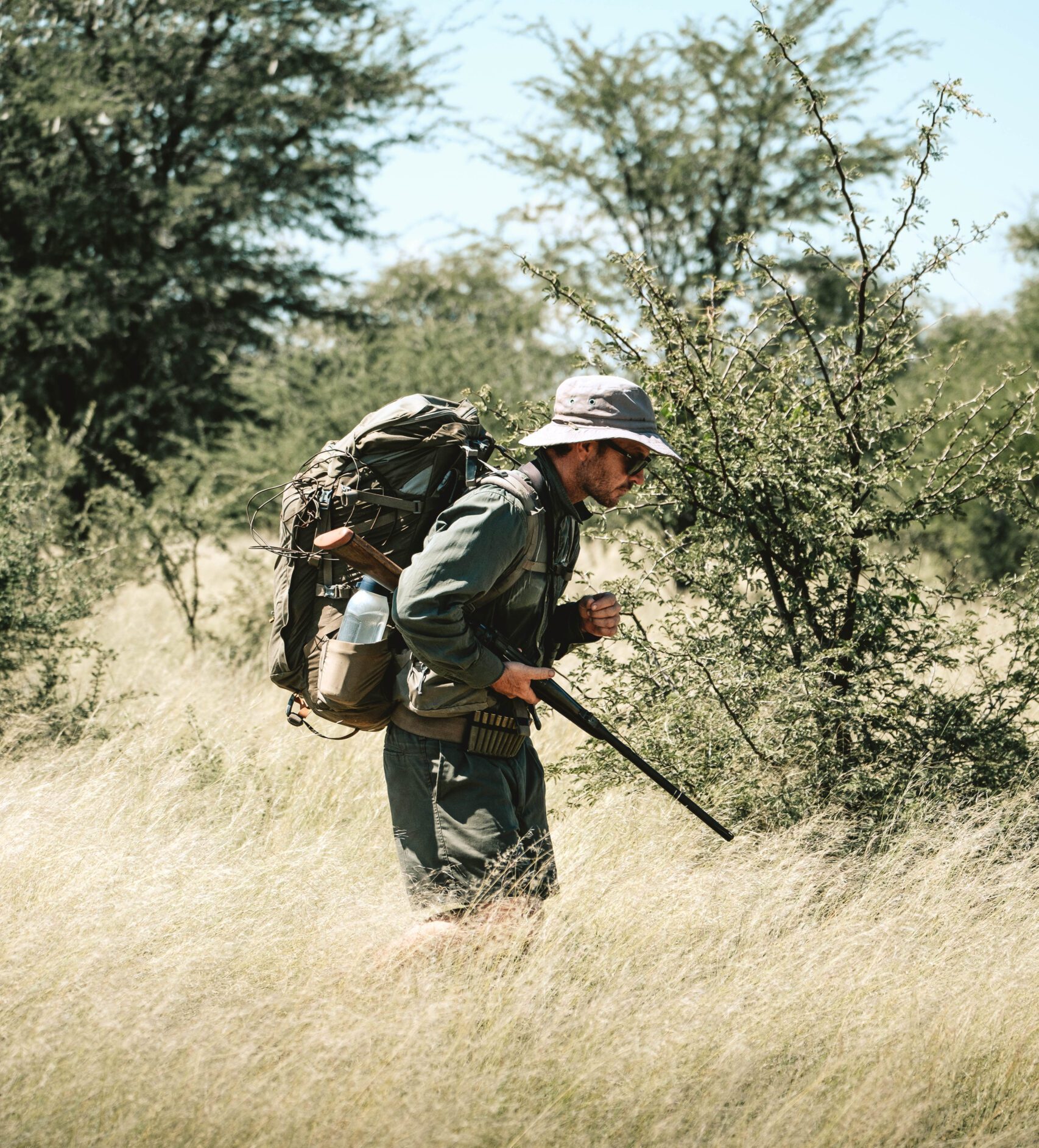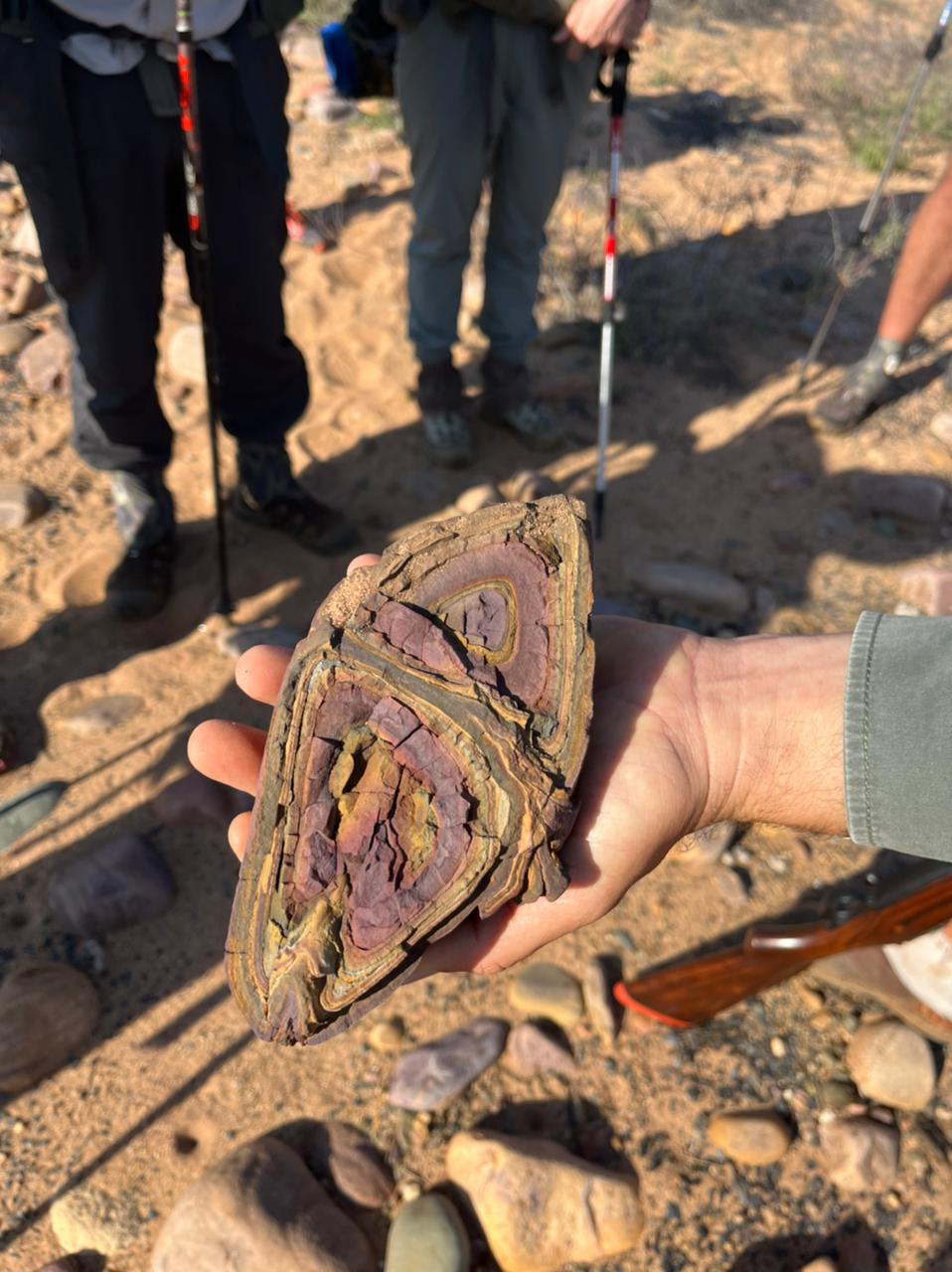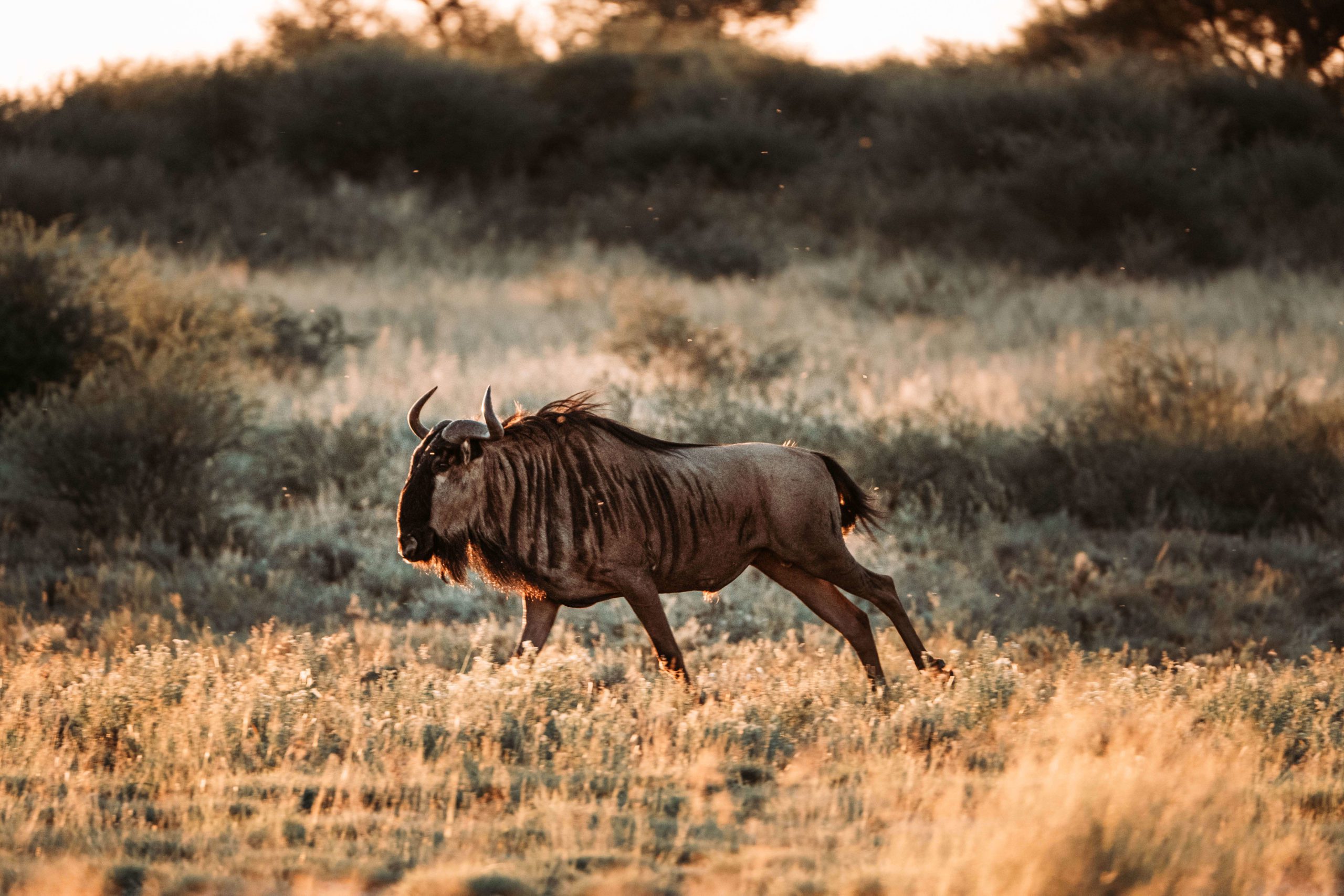Perhaps the greatest attribute of Primitive Trails is the negligible environmental impact the activity has when conducted correctly. However, it is essential that the Trails Guide facilitating the experience is familiar with the “leave-no-trace” outdoor ethic. The associated principles ensure that the fulfilment we derive from recreation in the natural environment will not be reduced by our own impact over time.
This concept was emphasised by President Lyndon B. Johnson (USA) upon signing the momentous Wilderness Act of 1964 when he stated, “If future generations are to remember us with gratitude rather than contempt, we must leave them something more than the miracles of technology. We must leave them a glimpse of the world as it was in the beginning, not just after we got through with it”.
With this in mind, we would like to bring attention to a few core principles that should be considered by the Trails Guide within a ‘Primitive Trail’ context.
Campsite selection
Selecting an appropriate campsite is possibly the most important aspect of maintaining a negligible impact within the area of operation, as it requires the greatest degree of judgement and information. Deciding where to camp should be based on information about the fragility of soil and vegetation, the likelihood of wildlife interaction, and the assessment of previous impact. Therefore, the Trails Guide should always prioritise camping on durable surfaces that can tolerate repeated trampling and scuffing. The most durable surfaces would consequently be large flat rocks, sand and gravel. As the resistance of vegetation to trampling over time varies, careful consideration and ongoing monitoring will be required. As soon as camping impact becomes evident on any surface, it will be necessary to alternate sites or avoid these sensitive sites completely.
It is furthermore important that the Trails Guide is considerate towards animals and their anticipated natural activity. Therefore, camping in close proximity to limited water resources and well developed animal paths should be avoided in order to limit disturbance and night-time interactions.
According to the above mentioned criteria, suitable campsites will be relatively tough to find. It may therefore be worthwhile identifying as many appropriate sites as possible while exploring the landscape during ‘Primitive Trails’ and to use these sites on a rotational basis to limit impact and routine. Predictable human behavior has previously been taken advantage of by opportunistic animals especially Crocodile, Hyena, Lion and Leopard so take note.
Before leaving the campsite, be sure to scan the area carefully for pieces of paper, plastic, cigarette butts etc. that may have fallen out of pockets or backpacks by accident. Then return logs, stones and other rudimentary tools to their exact point of origin. Always leave the campsite better than when you found it.
Fire
It is important to note that fire is not a requirement while camping out on ‘Primitive Trail’. The splendour of most nights, especially over full or new moon is exaggerated without a flame. Contrary to popular belief fire does not offer protection from animals, but rather assist in generating an atmosphere and act as a companion during ‘watch duty’. The fire is not used for cooking as it will require greater volumes of wood to be removed from the field. Use portable gas cookers instead.
Wood collection is a team activity and participants should be briefed well. Collect hard (high density) wood from the ground only. Dense wood burns for long periods and result in a relatively small amount of ash, which is easier to rehabilitate. Each person can collect two pieces of wood. One piece can be used during the communal time around the fire, and the other one can be burnt during ‘watch duty’. The pieces of wood collected should not exceed the length between elbow to fingertip and diameter of the forearm. Signs of Termite activity within the wood are a clear indication that it is not dense enough for collecting. It also makes sense not to collect too much firewood from a regularly used campsite’s immediate vicinity as it will locally deplete the resource. Rather move further afield to forage or collect suitable wood randomly along the way and prior to arriving at the campsite.
Remember that large fires crackle and disguise sounds that may alert participants of approaching animals. Similarly, the bright glow from larger fires greatly influences a participant’s ability to detect movement in low light conditions beyond the circle of light. A humble flame is best and provides a valuable lesson on resource management.
The fire must always be rehabilitated appropriately. Make sure that you have allocated a sufficient amount of water for this purpose, especially if you are camping further away from water. Pour water over the fire to extinguish all remaining coals and then bind the ash to soil. Mix well into a wet, but firm consistency and scatter randomly at the base of nearby shrubs. Be very particular not to leave any coals behind, then cover the site with surrounding soil. Scatter any leftover pieces of wood close to where they were collected.
Other considerations
One pot meals and light weight snack options requires less water for cleaning and less garbage. Food waste should not be dumped, burnt or buried as it creates an association between humans and a source of food. Rather save it for the next meal of carry it out.
It is also not acceptable to discard of fruit peels or cores while out on Trail. Even though they are biodegradable, encountering these signs of previous hikers has a negative impact on those currently on the Trail. Same goes for toilet paper.
Human waste should not be deposited in or near river courses or tributaries as it may end up contaminating the water. Be sure to bury human waste in a shallow hole and burn out the toilet paper completely. Do not use “baby wipes” or “wet-wipes” as they consist of plastic and do not burn or biodegrade.
Also be sure to act considerately towards fellow trailists with regards to noise levels and use of technology, including watches. Many participants join ‘Primitive Trails’ to experience the intrinsic qualities of wild places, one of them being silence (also referred to as quietude). Furthermore, many trailists practice a ‘digital detox’ while out on Trail, so the use of tech and especially sharing the results from measurement related tools such as GPS’s and the time should be approached considerately. If you wish to use these devices, keep their readings to yourself.
Many of these actions may seem pedantic and unnecessary to most participants. However, it is the long term commitment of the Trails Guide to the “leave-no-trace” camping ethic that will establish ‘Primitive Trails’ as the ecotourism-based activity with the smallest environmental footprint. After all, “We did not inherit the Earth from our ancestors; we are merely borrowing it from our children” – Proverb.
